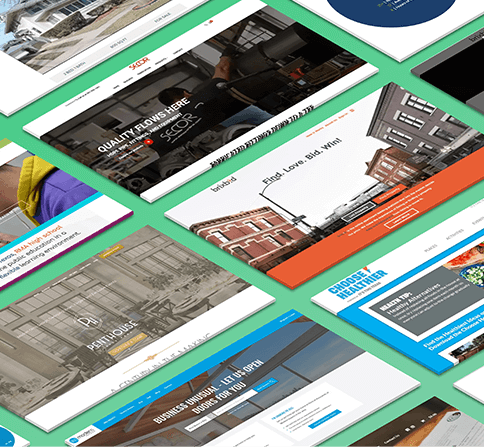In the ever-evolving world of software development, finding the right architectural approach for building complex applications is crucial. Microservices have gained significant attention in recent years for their ability to tackle the challenges of scalability, flexibility, and maintainability.
In this blog post, we’ll explore the fundamental concepts of microservices, their advantages, considerations for implementation, suitable programming languages, and various technologies available for hosting these distributed services.
Understanding Microservices
Microservices are an architectural approach where a large application is divided into small, independent, and loosely coupled services. Each service focuses on a specific business function, can be developed and deployed independently, and communicates with other services via well-defined APIs.
Advantages of Microservices
Microservices offer several benefits, including:
- Scalability: Individual services can be scaled independently based on demand.
- Flexibility and Agility: Independent development and deployment of services enable faster innovation and adaptability to evolving requirements.
- Improved Fault Isolation and Resilience: Failures in one service are contained, reducing the impact on the entire system.
- Enhanced Maintainability: Modularity simplifies development, testing, and maintenance of individual services.
- Technology Heterogeneity: Different programming languages and technologies can be used for different services.
- Team Autonomy: Independent teams can take ownership of specific services, promoting autonomy and faster development cycles.
When to Use Microservices
Microservices are suitable in scenarios such as:
- Complex and Scalable Applications: When an application involves multiple business domains or functionalities and requires scalability.
- Independent Development and Deployment: When different parts of the application can be developed, tested, and deployed independently.
- Technology Diversity: When different technologies or programming languages are required for specific services.
- Autonomous Teams: When cross-functional teams or multiple teams can take ownership of individual services.
- Rapid Innovation: When the organization values fast experimentation and adoption of new technologies.
- Continuous Delivery: When frequent updates, feature releases, or bug fixes are required.
Programming Languages for Microservices
Microservices can be implemented using various programming languages, including:
- Java: Known for its scalability, Java is a popular choice with mature frameworks like Spring Boot.
- JavaScript/Node.js: Node.js provides a lightweight and scalable runtime environment for microservices.
- Python: With its simplicity and readability, Python is widely used and has frameworks like
- Flask and Django for building microservices.
- Go: Go offers excellent performance and concurrency support, making it suitable for high-performance microservices.
- C#/.NET: C# is favored in the Microsoft ecosystem, with frameworks like ASP.NET Core for building microservices.
- Kotlin: Kotlin, a modern JVM-based language, provides a concise syntax and interoperability with Java.
- Ruby: Ruby and frameworks like Ruby on Rails offer productivity and simplicity for microservices development.
Technologies for Hosting Microservices
Various technologies and platforms can host microservices, including:
- Containerization Platforms: Docker and Kubernetes provide lightweight and scalable container-based hosting.
- Cloud Service Providers: AWS Elastic Beanstalk, Azure Service Fabric, and Google Kubernetes Engine (GKE) offer managed services for microservices in the cloud.
- Serverless Platforms: AWS Lambda, Azure Functions, and Google Cloud Functions enable hosting microservices as individual functions.
- Service Mesh: Istio, Linkerd, and Consul help manage networking and communication between microservices.
- Platform-as-a-Service (PaaS): Heroku, Cloud Foundry, and OpenShift provide managed platforms for microservices hosting.
- API Gateways: NGINX, Kong, and Apigee act as intermediaries, handling routing and security for microservices.
- Self-Managed Servers or Virtual Machines: Traditional servers or VMs with tools like Apache Tomcat or NGINX can host microservices.
Conclusion
Microservices architecture offers a scalable, flexible, and maintainable approach to building complex applications. By breaking down the application into smaller services, each with its own responsibility, teams can develop and deploy independently, choose suitable programming languages, and leverage various technologies for hosting. Understanding the advantages and considerations of microservices allows organizations to make informed decisions and unlock the potential of this architectural paradigm.
As you embark on your microservices journey, consider the unique requirements of your application, the capabilities of your development team, and the long-term goals of your organization. With proper planning and the right technology choices, you can build robust and scalable microservices architectures that empower your teams and deliver efficient, adaptable software solutions.
We hope this blog post has shed light on microservices, their benefits, and the options available for hosting and implementation. Harness the power of microservices to unlock new possibilities and drive your applications to success!
Get Started
Ready to harness the power of microservices for your next project? Schedule a free consultation with our experts to discuss how microservices can empower your application’s scalability, flexibility, and maintainability. Let’s embark on a transformative journey together!

